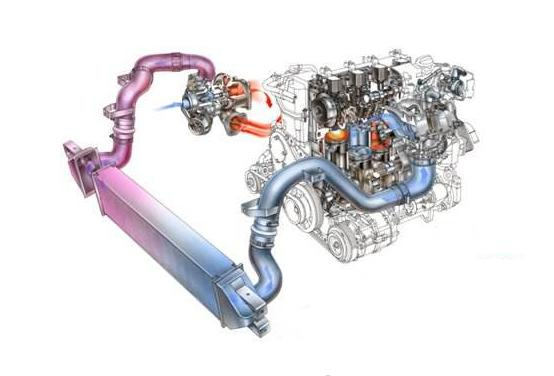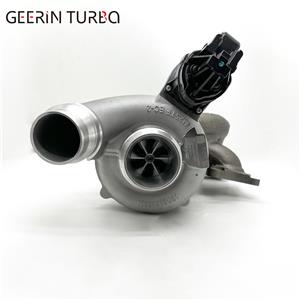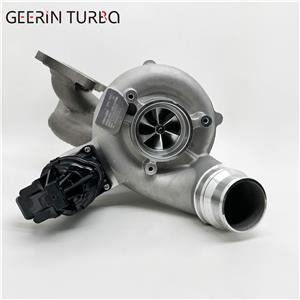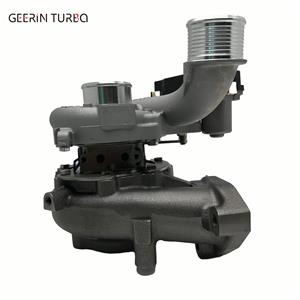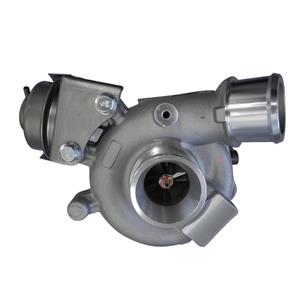Where is turbocharging more advanced than naturally aspirated technology?
Where is turbocharging more advanced than naturally aspirated technology?
What changes does turbocharging technology bring?
I believe that most car users have this point of view. In theory, this description is wrong, at least it is not comprehensive enough; because the internal combustion engine (whether gasoline engine or diesel engine) in a hot car state cannot fully burn, the reason is the power stroke The time is very short, the period of high speed is only tens of milliseconds. The mixed oil and gas inside the cylinder "cannot be burned out" in a short period of time, that is, it cannot fully carry out the chemical reaction.
The essence of combustion is an oxidation reaction. Of course, it takes time for fuel to react. It takes sufficient time to fully react and convert sufficient heat energy; otherwise, it cannot fully react (burn) without sufficient time, so it is also in the state of hot cars. It can't fully burn, but it is more ideal than when the car is cold.
There is a substance in automobile exhaust called "hydrocarbons·HC", which is the main component of gasoline; this is also a proof that hot cars are inadequate, so how can we increase the combustion speed of the engine to reduce the waste of fuel and How about boosting the power of the vehicle? The solution is very simple, that is to increase the speed of fuel reaction.
Oxygen-enriched combustion is the basis for increasing the fuel reaction speed. It is also an engine with a displacement of 2.0L (liter)—displacement refers to the sum of the intake or exhaust fluid volumes of all cylinders. To put it bluntly, it is the sum of volumes. When a single cylinder is doing work, the standard intake of each cylinder is 0.5L, and the fuel injection is calculated according to the air-fuel ratio of 14.7:1; 2.0T refers to the engine with the same displacement of 2.0L, but the turbocharger is added, and the work standard is The intake air volume is the same.
However, the maximum torque of 2.0 L is only about 200 N M, and even if the displacement is raised to 3.5-4.0 l, the maximum torque is only between 350-400 N M But an excellent 2.0 T gasoline powered supercharger can have a maximum torque of 400 n.m, which is the result of oxygen rich combustion.
The so-called "oxygen enrichment" refers to the high oxygen concentration of the air entering the cylinder and reacting with fuel, at least higher than the standard atmospheric pressure (oxygen concentration of breathing air). Oxygen is the "catalyst" of fuel reaction. The combustion speed of a fixed amount of fuel reacting with low-oxygen concentration air will be slower. Conversely, the combustion speed of reaction with high oxygen concentration will increase; this is a very interesting phenomenon, but you just need to understand This feature is good, and the principle does not need to be studied.
Assuming a 2.0 L & 2.0 t ratio, the natural inspiration engine inhales the same oxygen concentration standard as the air it breathes. At 0 m altitude, the oxygen concentration is 20.94% , the higher the altitude, the lower the oxygen concentration. If 2.0 T were compressed into the engine’s interior by turbocharger, the oxygen concentration would increase by a few percent. Would that speed up combustion?
Combustion will produce high temperature, which can be understood as the result of violent collision and friction of molecules during the combustion process; the increase in oxygen concentration strengthens the "movement activity" (strength) of molecules, and the resulting temperature will naturally be higher. At the same time, the increase in exercise intensity is equivalent to an increase in the "thrust" to the piston, and the output torque of the piston to push the crankshaft through the connecting rod will also be greater.
This is the core factor why turbocharging technology can make the torque of small and medium-displacement engines larger than that of medium and large-displacement engines; to put it bluntly, it does not change the nature of the fuel, but improves the efficiency (speed) of the combustion reaction. Or it can be understood that a naturally aspirated engine actually wastes a lot of fuel, and turbocharging technology improves performance by "reducing waste" and improving "fuel utilization." So far, it can be concluded that the natural aspiration technology is very backward, and the turbocharging technology is more advanced.
